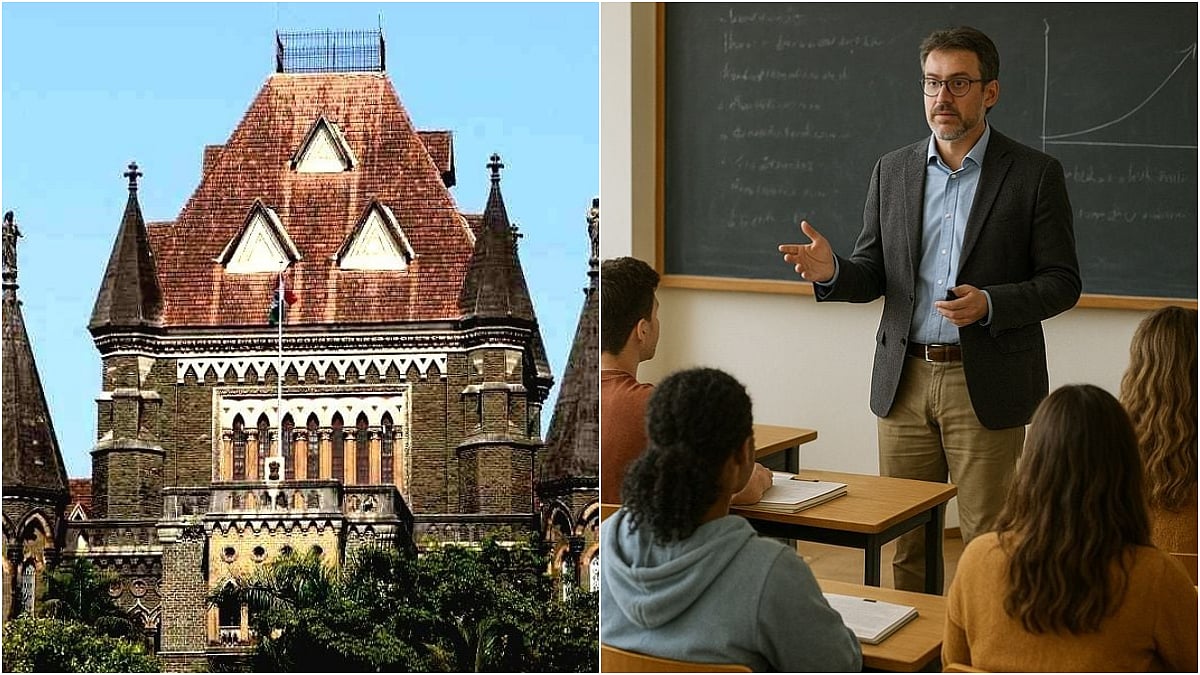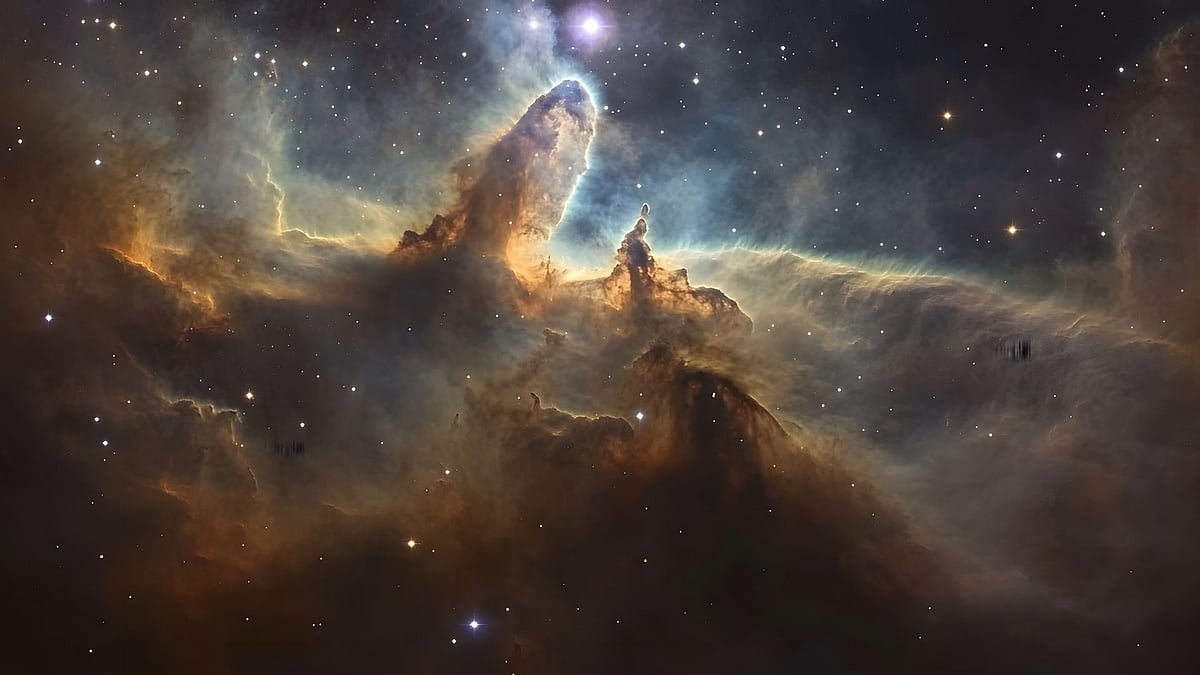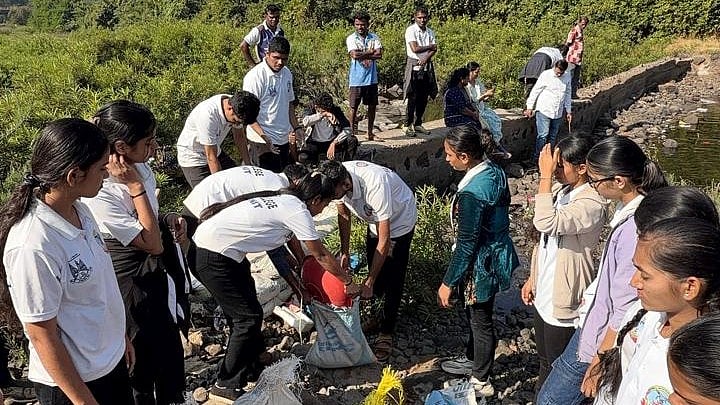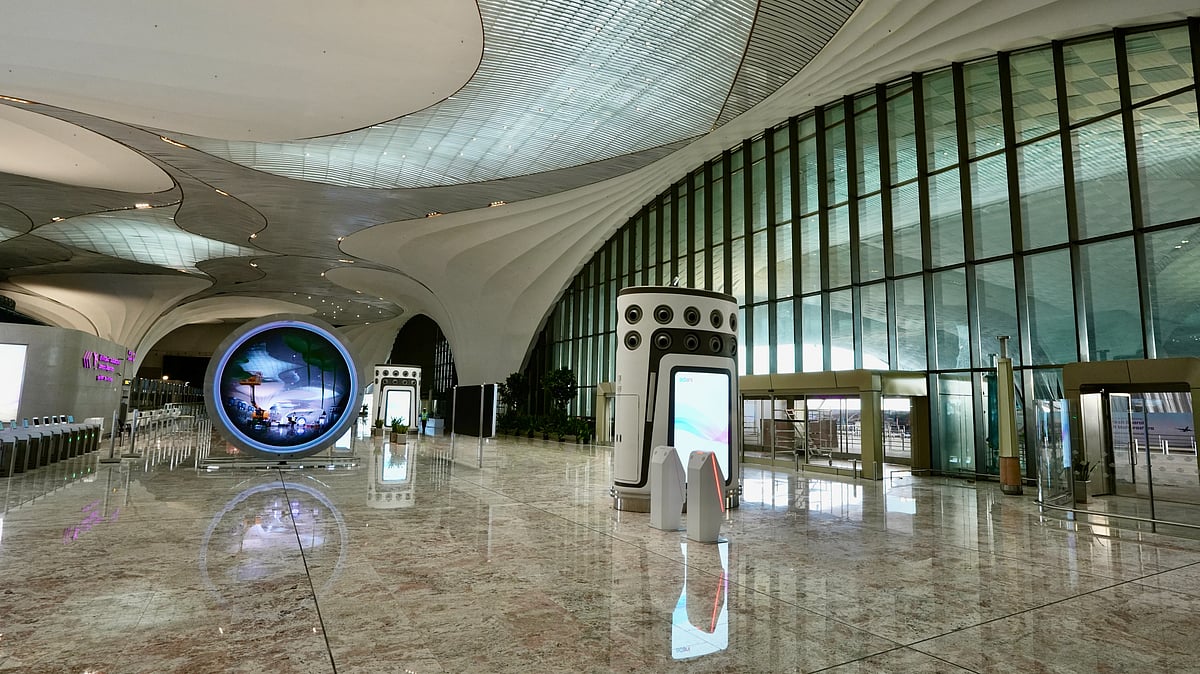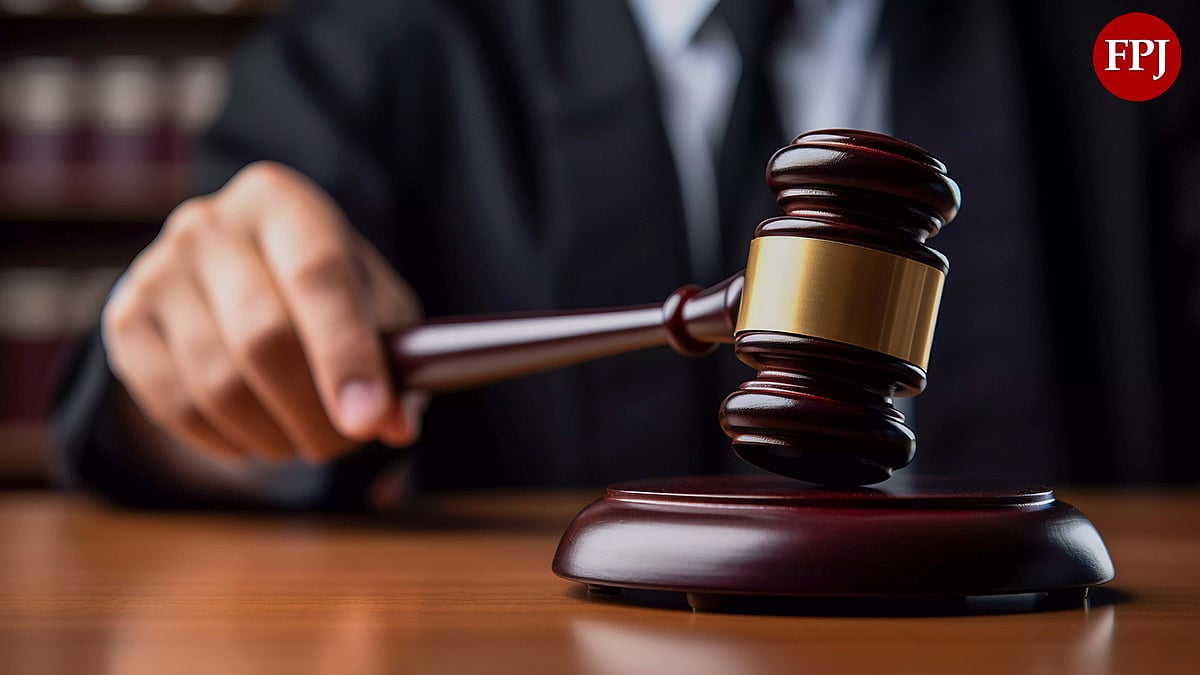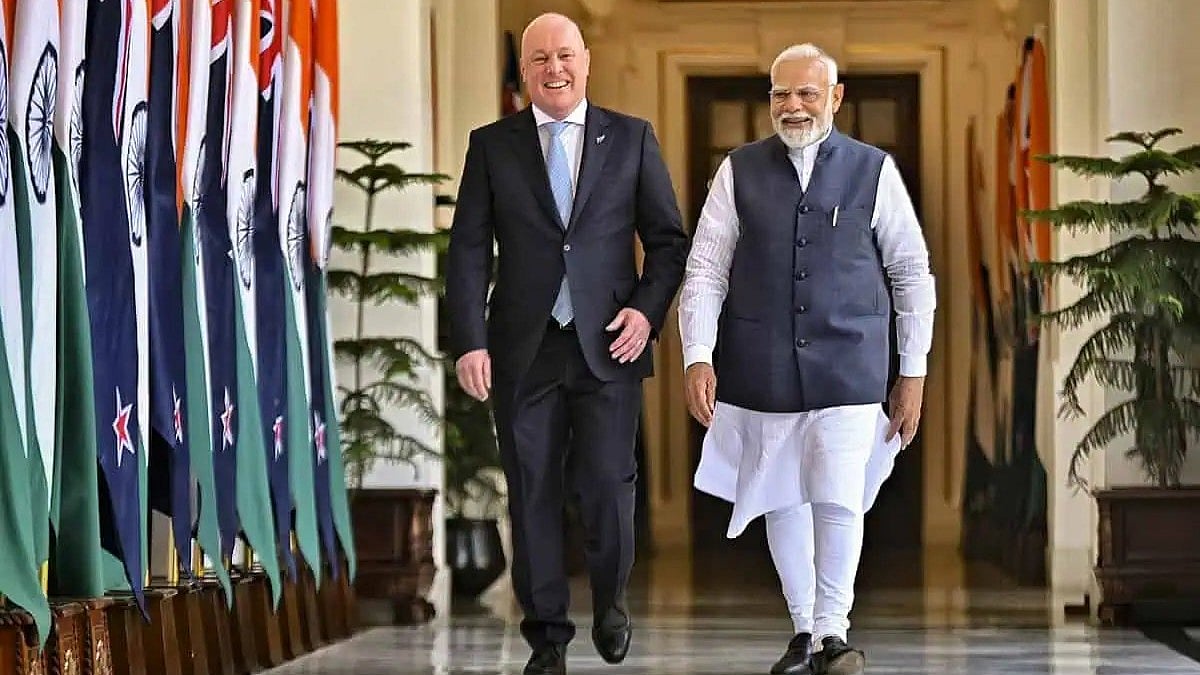Mumbai, it is often said, is all about money, glamour and crime that define most large metropolises in the world and, it follows then, that politics takes a back seat. There have been numerous debates over the years about the city’s political heart — or the lack of it — and its impact on national level politics. As most debates go, there is enough material to argue either side of the proposition. However, it would be fair to say that Mumbai used to be a far more political city than it is now or has been in the past decade and half, and there are shades of people's political engagement here that call for a deeper academic inquiry at some stage.
This debate — is Mumbai political enough to drive change at the national level — was revived all over again as Opposition leaders of 26 political parties which comprise the Indian National Developmental Inclusive Alliance (INDIA) met for their third meeting at a five-star hotel in the western suburbs this Thursday and Friday. The first and second meetings of this fledgling alliance, which has positioned itself as a challenge to the Bharatiya Janata Party and Prime Minister Narendra Modi as the 2024 general election approaches close, took place in Patna and Bengaluru. Of the two, Bengaluru can hardly be called a political city.
On the agenda were the usual meetings and press conferences — Congress MP Rahul Gandhi launched a broadside on Modi in the context of the latest allegations about the Adani Group’s share price manipulation — but veteran political observers would have noticed that an important component which used to be central to such meetings till the turn of the century was missing: a public rally or a morcha along Mumbai’s streets. The INDIA alliance may plan and hold these as elections approach closer but this, shall we say, is a part of the election process or election campaigning, and has little to do with political engagement itself.
Twenty years ago, such an alliance meeting of pan-India parties would have meant a large public meeting or a rally at Shivaji Park or Azad Maidan; it is not on the radar now. Public engagement would be crucial to this alliance, given its agenda to save democracy and the Constitution and take on the ruling party, which seems to be politically invincible, untouched by the anti-incumbency factor and continuing issues of inflation and joblessness, even after nearly ten years in power. At least two powerful — and entertaining — speakers have been present at the INDIA alliance meeting: Mamata Banerjee, chief minister of West Bengal and Trinamool Congress leader, and Rashtriya Janata Dal leader Lalu Prasad Yadav. The occasion could have also given Uddhav Thackeray an opportunity to publicly connect with Mumbaikars after the Shiv Sena was split last year.
The Shiv Sena’s relationship and political presence has been the dominant story of the past few decades; its rise was connected with the crafty displacement and eventual decline of the Left parties and their trade unions in the city in the late 1960s. However, Mumbai’s relationship with politics as public engagement goes back at least a century before that. The then British Presidency of Bombay, which was largely untouched by the 1857 rebellion because the British administration took care to put figurative moats around it, saw underground meetings which so rattled it that two native sepoys, as they were called, were tied to cannons and blown to their death — as a public spectacle — in what is today’s Azad Maidan on the first day of Diwali that October.
Subsequently, of course, the Indian National Congress was set up in the city in December 1885 and since then Bombay played host to many political parleys and countless meetings of leaders of all persuasions, large public meetings and demonstrations, and other expressions of intense political activity during the anti-colonial freedom movement. Leaders, including Mahatma Gandhi, made their homes here, significant resolutions were drawn up here, institutions were set up, the civil disobedience movement took shape here and later the Quit India movement was launched in Bombay in August 1942. At each step, people’s involvement in the political events was there for history to record and for us to reflect upon.
Even the Royal Naval Mutiny of 1946, which is often called the last straw which broke the back of the Empire, was organised off the coast of Bombay which saw ratings on nearly 70 naval ships rebel, inspiring hundreds to come out on the streets in their support. Through it all, political parties and groupings of the time were on the streets mobilising people and holding rallies to feed off the anti-British political sentiment. Decades later, the Left continued to hold sway over the city with demonstrations, public marches and meetings on a number of issues from workers’ rights to anti-Emergency protests. When the Shiv Sena occupied the political space as the dominant party of the city, quietly encouraged by the Congress to thwart the Left, it was visible and very much on the streets seeking public engagement.
The post-liberalisation era brought two dramatic shifts in the political fabric of the city – the decline of the manufacturing sector and the rise of contractual jobs in the booming service sector which led to the marginalisation of trade unions and the presence of the Left in the city, and the suspension of college-level elections after an unfortunate murder in the 1980s which meant generations have now grown up in Mumbai without meaningful political participation. The BJP has been the most visible in Mumbai in the last decade but that's not a surprise. The 2019 general election saw a rise in the voter turnout – 55.11 percent compared to 41 percent ten years before — but that is hardly a barometer of the city’s political heart beating fit and fine. People turning out to vote in larger numbers in the Modi era has been due to the booth-level election management of the BJP. Kolkata, by contrast, saw a voter turnout of 68-70 percent in the 2019 polls.
Yet, beyond the Sena’s agitations, often violent, Mumbai has hardly had a massive pre-independence era level of political engagement in the post-liberalisation decades. The Congress which once lorded over the city is hardly visible; its offshoot, Nationalist Congress Party, even less so. Ironically, as India’s corporate czars, many of whom live in Mumbai, have expanded their footprint and influence over politics and elections, Mumbaikars seem to have less and less to do with politics as it plays out in daily lives. This is why the INDIA alliance making a show through public engagement would have energised the political firmament. Mumbai has a strong political sense in its DNA, which is usually masked by commerce, glamour and other trappings of a large city; it can be as political a city as any other. It needs an occasion to come out as one.
Smruti Koppikar, journalist and urban chronicler, writes extensively on cities, development, gender, and the media. She is the Founder Editor of ‘Question of Cities’


